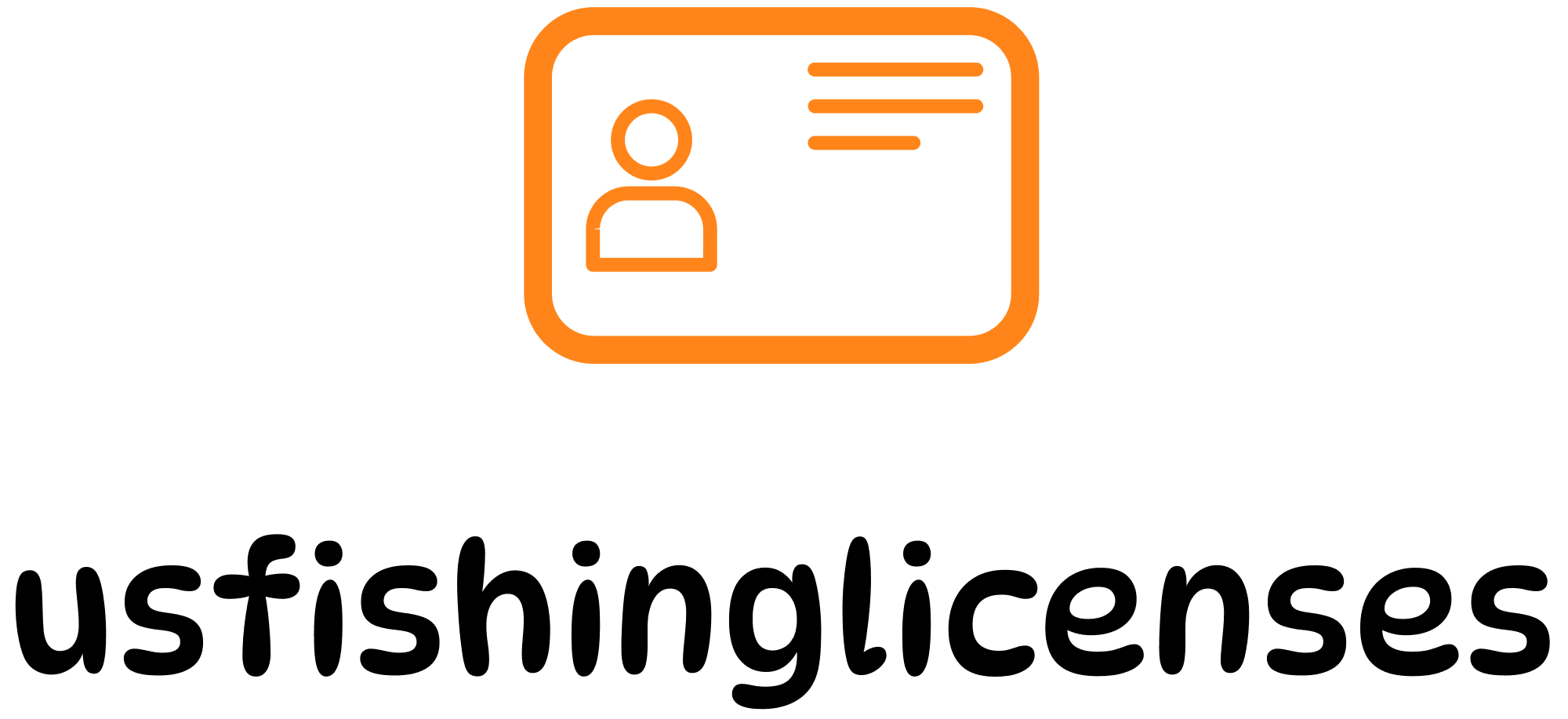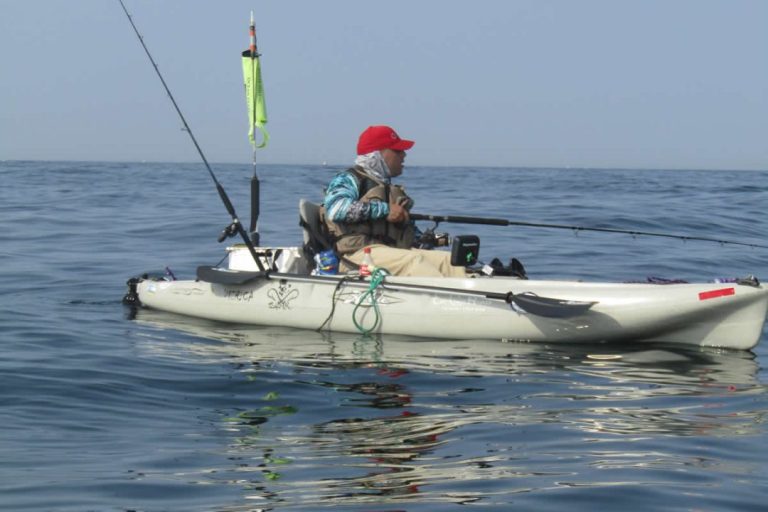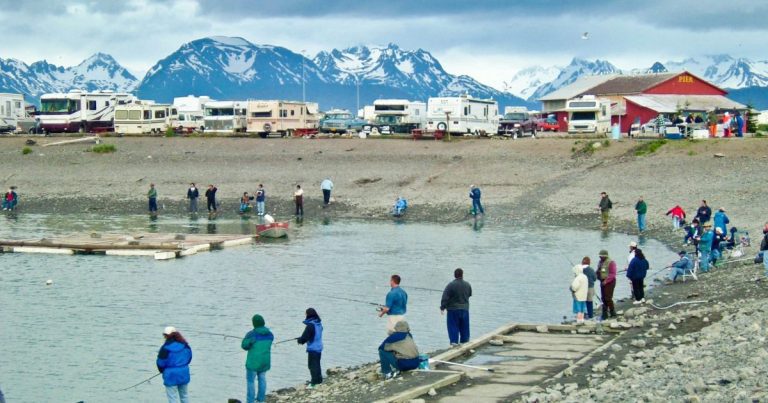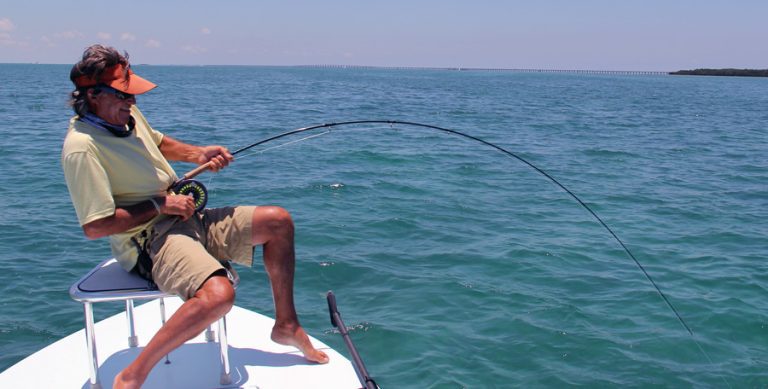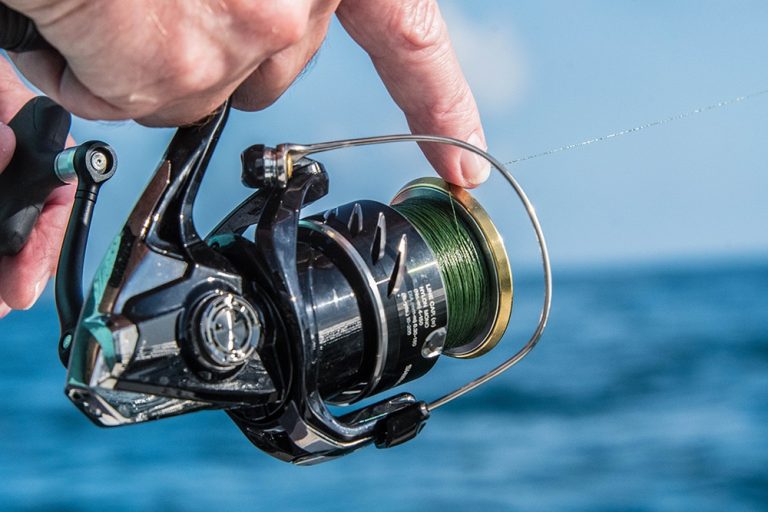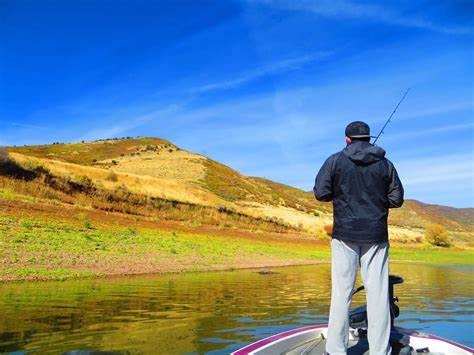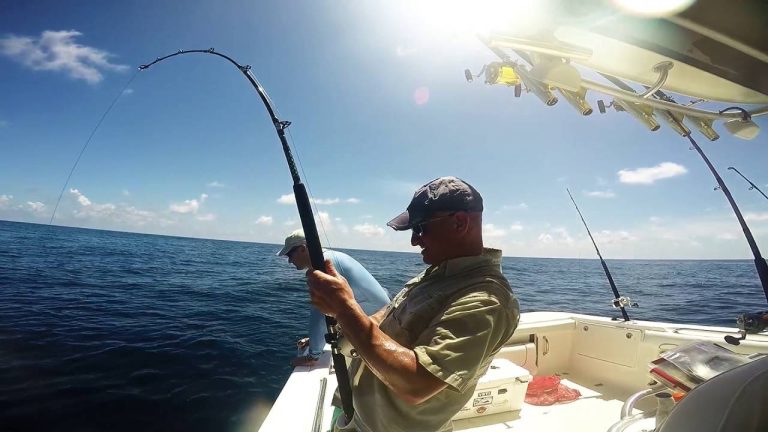Anglers seeking pristine waters and selective fishing experiences often gravitate toward fly fishing only waters – designated streams, rivers, and lakes where traditional fishing methods are prohibited in favor of fly fishing techniques. These special regulation areas exist across the United States to protect sensitive fish populations, preserve aquatic habitats, and provide unique angling opportunities. Understanding the permits, regulations, and restrictions that govern these waters is essential for legal compliance and conservation stewardship.
Understanding Permit Requirements
Special fly fishing permits are often required beyond standard fishing licenses when accessing regulated waters. These additional permissions help management agencies monitor usage and fund conservation efforts in these sensitive ecosystems.
State-Specific Permit Systems
Permit requirements vary significantly by state, with different acquisition methods and fee structures:
- Virginia offers free online special area permits for fly fishing only waters like Mossy Creek and South River, alongside required base fishing licenses. These permits can be obtained through Virginia Department of Wildlife Resources.
- Pennsylvania requires both a general fishing license and a trout/salmon permit for accessing its fly fishing only waters. Additionally, many waters are designated as “Catch and Release Artificial Lures Only,” requiring strict adherence to gear restrictions. Details on Pennsylvania’s special regulation areas can be found at the Pennsylvania Fish and Boat Commission.
- Montana implements varied regulations including fly fishing only restrictions on blue-ribbon trout streams to protect declining populations in climate-vulnerable waters. Permits can be obtained through Montana Fish, Wildlife & Parks.
- Alaska frequently issues emergency orders establishing fly fishing only regulations during critical salmon spawning periods, requiring anglers to stay current with Alaska Department of Fish and Game notices.
For a comprehensive list of state fishing license requirements, visit US Fishing Licenses which provides up-to-date information on permit acquisition across all states.
Gear Restrictions and Definitions
Fly fishing only designations come with specific equipment requirements that vary by jurisdiction. Understanding these nuances is critical to avoiding penalties.
What Qualifies as a “Fly”?
Regulations typically specify what constitutes a legal fly:
- Artificial flies must generally be constructed by hand with natural or synthetic materials tied onto a hook
- Most states prohibit flies containing any metal or plastic spinning devices
- Weight restrictions often apply (some states prohibit weighted flies or limit weight placement)
- Materials must be tied to the hook, not molded or cast onto it
Tackle Restrictions Table
| State | Rod Requirements | Line Requirements | Hook Restrictions | Weight Limitations |
|---|---|---|---|---|
| New Hampshire | Fly rod, reel, and line required | Fly line only | Single hook artificial flies | No added weight to line |
| Pennsylvania | Traditional fly gear only | Conventional fly line | Single-pointed hooks only | No weight attached to fly |
| Colorado | Fly rod or artificial fly rod | Fly line, leader, or tippet | Artificial flies or lures only | No fixed weight on leader |
| Montana | No specific rod type | Fly line required | Single-point barbless hooks | No strike indicators larger than 3/4″ |
| Connecticut | Fly rod, fly reel required | Conventional fly line | Unweighted flies only in some waters | No split shot or added weight |
For specific regulations on Connecticut’s fly fishing waters, visit the Connecticut DEEP Fisheries Division.
Understanding Access Restrictions
Beyond permits and gear, spatial access regulations govern where and how anglers can fish in designated waters.
Common Access Limitations
- No stopping zones in Pennsylvania’s slot limit areas restrict anglers in boats from anchoring or stopping while passing through protected sections
- Private land boundaries in Virginia’s special regulation streams require separate landowner permission, even with proper permits
- Seasonal closures protect spawning fish, often closing certain waters during critical reproductive periods
- Special vehicle restrictions prohibit motorized access to sensitive riparian areas in many western states
The Colorado Parks & Wildlife offers detailed information on access restrictions to their Gold Medal and fly fishing only waters.
Conservation Context
Fly fishing only regulations are primarily implemented for ecological protection rather than angler preference. Understanding this context helps anglers appreciate the importance of compliance.
Climate Change Impacts
- Montana’s trout streams face projected 35% habitat loss by 2080 due to warming water temperatures
- British research indicates brown trout face extinction risks when water temperatures exceed 68°F
- Fly fishing only restrictions often target thermal refuges where cold water species congregate during warming trends
Catch-and-Release Science
Research shows proper catch-and-release techniques significantly impact fish survival:
- Use barbless hooks to minimize tissue damage
- Keep fish in water whenever possible during handling
- Wet hands before touching fish to protect their protective slime layer
- Minimize fight time, especially during warmer water periods
- Revive fish thoroughly before release by gently moving them forward in the current
For comprehensive catch-and-release best practices, visit the Idaho Fish and Game resource page.
Regional Comparison of Major Fly Fishing Only Waters
Each region offers distinctive opportunities for fly anglers seeking special regulation waters:
Eastern Waters
Pennsylvania’s Kettle Creek offers 1.7 miles of fly fishing only water with strict catch-and-release regulations. New York’s Catskill streams like the Beaverkill feature sections designated exclusively for fly fishing. Virginia’s limestone spring creeks like Mossy Creek require free special permits alongside landowner permission.
Western Waters
Colorado’s Frying Pan River features gold medal fly fishing only sections with specific artificial fly requirements. Montana implements seasonal fly fishing only restrictions on sections of the Madison River during critical spawning periods. Wyoming’s Snake River contains designated fly fishing only sections requiring special attention to regulations.
For detailed fishing regulations in Massachusetts, including fly fishing only waters, visit the Massachusetts Fishing Regulations guide.
Step-by-Step Guide: Ensuring Compliance on Fly Fishing Only Waters
Follow these steps to ensure you’re properly prepared for fishing special regulation waters:
- Research Current Regulations
- Check the state’s fish and wildlife website for updated regulations
- Verify if the water you plan to fish has fly fishing only sections
- Note any seasonal restrictions or closures
- Obtain Required Permits
- Purchase your base fishing license from US Fishing Licenses
- Acquire any additional special permits required for fly fishing only waters
- Consider trout stamps or special area permits where applicable
- Prepare Compliant Gear
- Ensure your flies meet the specific definition for that water body
- Check hook restrictions (barbless, single hook, etc.)
- Verify your tackle meets rod, reel, and line requirements
- Check Access Requirements
- Identify public access points to avoid trespassing
- Obtain landowner permission where required
- Review any parking or approach restrictions
- Learn Proper Fish Handling
- Review catch-and-release best practices
- Bring appropriate landing tools (rubber nets, etc.)
- Plan for ethical photography that minimizes fish stress
What’s the difference between “Fly Fishing Only” and “Artificial Lures Only”?
Fly fishing only waters restrict anglers to using only fly fishing tackle (fly rod, reel, line) and artificial flies. Artificial lures only waters typically allow spin fishing and conventional gear but prohibit the use of any natural bait or organic materials. Pennsylvania offers a detailed explanation of these distinctions on their fishing regulations page.
Do I need a special license for fly fishing only waters?
Most states require a standard fishing license plus potentially additional permits for accessing fly fishing only waters. Some states like Virginia offer free special area permits, while others include access with trout stamps or conservation permits. Check US Fishing Licenses for state-specific requirements.
Can I use a strike indicator on fly fishing only waters?
Regulations vary significantly. Some waters permit strike indicators if they’re not fixed to the line with weight. Others prohibit any floating strike indicators. Montana’s regulations specifically limit strike indicator size to no larger than 3/4 inch in some waters. Always check the specific water’s regulations before using strike indicators.
Are tenkara rods allowed on fly fishing only waters?
Some states explicitly prohibit tenkara rods in fly fishing only waters since they don’t use conventional fly line and reel. Other states permit tenkara fishing if it meets other gear restrictions. Washington state provides specific guidance on tenkara use in their special regulations.
Conservation-Minded Practices for Special Regulation Waters
Beyond legal compliance, ethical anglers adopt practices that support the conservation goals of fly fishing only waters:
- Minimize wading in spawning areas to protect fish reproduction
- Report violations to help maintain the integrity of these special waters
- Support stream restoration efforts through volunteer work or donations
- Practice “leave no trace” principles, particularly around sensitive riparian areas
- Educate fellow anglers about the importance of these regulations
The Trout Unlimited conservation page offers resources for anglers wanting to support coldwater fisheries conservation efforts.
Conclusion
Fly fishing only waters represent some of North America’s most pristine and ecologically important fisheries. Understanding and complying with their specific permit requirements and regulations not only keeps anglers on the right side of the law but contributes to the conservation of these special resources for future generations. As climate pressures increase on cold water fisheries, these regulations become increasingly important tools for fisheries managers working to preserve vulnerable populations.
Before planning your next fly fishing trip, take time to research the specific regulations for your destination waters, obtain all necessary permits, and prepare compliant tackle. The extra preparation ensures a worry-free experience while supporting critical conservation efforts.
